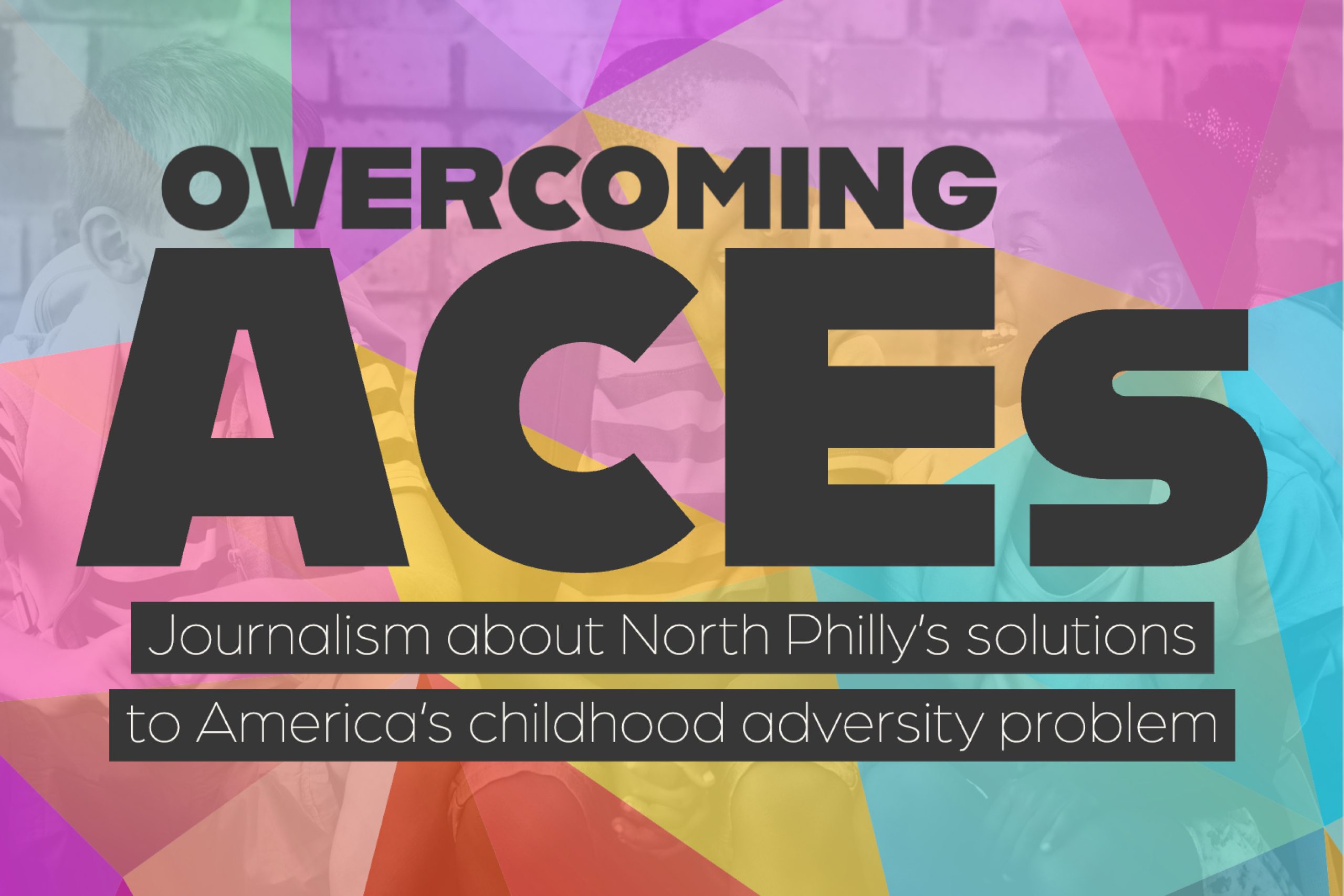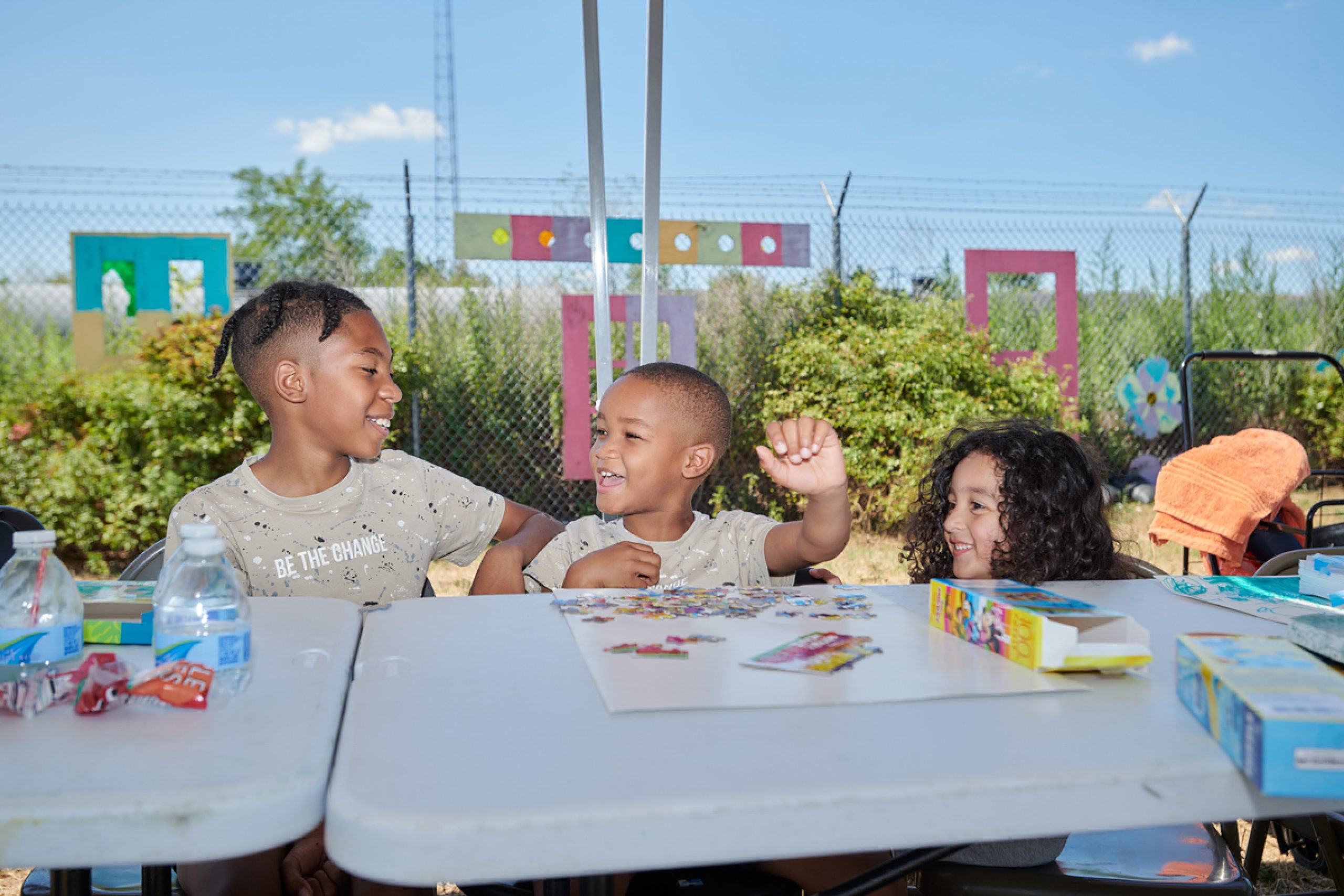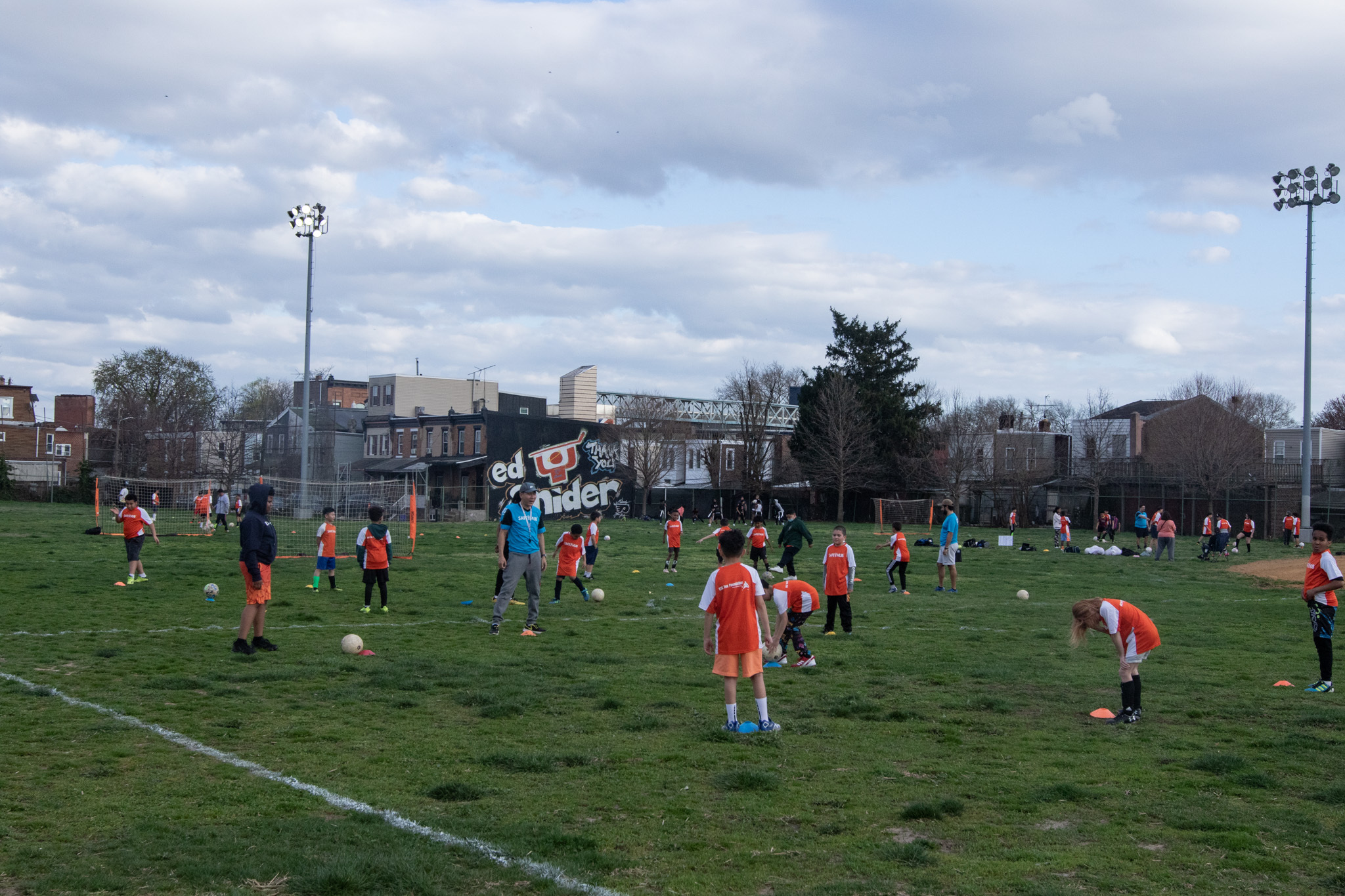
Project Overview
This project aims to reduce poor health outcomes associated with adverse childhood experiences (ACEs), especially in the North Philly neighborhoods we serve. These include Fairhill, Harrowgate, Kensington, Norris Square, and Port Richmond.
Through this work, our three main goals are:
- Increasing knowledge about ACEs (adverse childhood experiences)
- Decreasing stigma related to ACEs
- Increasing motivation to engage in health behaviors that prevent and buffer the impact of toxic childhood stress
To accomplish this, we are committing at least 12 months to publish journalism that provides context about childhood adversity and highlights North Philly’s solutions to America’s childhood adversity problem.
All our stories will be available in English and Spanish, and in print and online.
How we’re defining “childhood adversity”
For this project, we are defining childhood adversity as conditions or events that can lead to a “toxic stress response.”
While some stress can be positive, toxic stress occurs when a person’s stress response system is constantly activated. Although people of all ages can experience toxic stress, it is especially harmful when it happens to children because they are still developing.
Common causes of childhood toxic stress are known as “adverse childhood experiences” or “ACEs.” In high doses, ACEs can negatively impact children’s brains, immune systems, and hormones and alter their DNA.
Some experts have called ACEs “the single greatest unaddressed public health threat facing our nation today,” and others (like the Philadelphia ACE Project) have referred to the landmark 1998 ACEs study as “the most significant public health survey that no one has ever heard of.”
ACE exposures
Common ACE exposures can be found in family systems, community environments, or both. Additionally, adverse community conditions impact family systems because families exist within broader communities (like neighborhoods). Meanwhile, policy and other social factors trickle down to affect community and family conditions, too.
Family ACE exposures
The original ACEs study surveyed more than 17,000 American adults about their exposure to the following family-level ACEs:
- Abuse (physical, emotional, or sexual)
- Neglect (physical or emotional)
- Parental incarceration
- Parental mental illness
- Parental loss/separation
- Parental substance dependence
That study found that most Americans had experienced one or more ACEs, and the more ACEs someone experienced, the worse health outcomes they had later in life.
People who experienced ACEs were at an increased risk for behavioral health outcomes like:
- Alcohol misuse
- Drug misuse
- High-risk sexual activity
- Smoking
They were also at increased risk for mental health outcomes, such as:
- Anxiety
- Depression
- Post-traumatic stress
- Suicide
Finally, they were also at increased risk for various physical health disorders, including:
- Cancer
- Chronic obstructive pulmonary disease (COPD)
- Heart disease
- Hypertension
- Liver disease
- Obesity
- Stroke
Community ACE exposures
One major limitation of the original ACEs study is that it was conducted with a mostly white, middle- and upper-class sample. Since then, there has been a push in Philadelphia and across the country to look at community-level causes of childhood toxic stress. A leader in this movement has been the Philadelphia ACE Project.
About a decade ago, researchers with the Philadelphia ACE Project conducted the Philadelphia Expanded ACE Survey. The survey aimed to measure family- and community-level adversity in Philadelphia, which has a population with more racial and socioeconomic diversity than the original ACEs study.
The expanded ACEs they researched included:
- Bullying
- Living in foster care
- Neighborhood adversity
- Racism
- Witnessing violence
The expanded ACEs study found that 70% of Philly residents had experienced one or more of the original ACEs, and 40% experienced four or more.
Additionally, they found that 40% of city residents had experienced four or more of the expanded, community-level ACEs. Importantly, many of the residents who experienced expanded ACEs did not experience family-level ACEs.
That means that while children might have a healthy family system with positive experiences, many of them are still exposed to ACEs outside the home.
Types of stories we‘re aiming to publish
We hope to publish the following types of stories for this project:
- Explainers that provide context to the root causes and complexity of ACEs
- Guides that provide actionable information and promote positive health behaviors
- Solutions journalism about community responses
Our take on “solutions journalism”
Generally speaking, we think of “solutions journalism” as journalism with the following elements (inspired by this research):
- More information about the response to the problem (solution) than the problem
- A response (solution) that is tangible and not hypothetical
- Comprehensive information about the response (solution) that includes the who, what, when, where, and why, but with major emphasis on the how
- Data demonstrating the impact of the response (solution)
- Challenges associated with and limitations of the response (solution)
- Limitations of the response (or solution)
- Mobilizing information that people can use to engage in the problem-solving process
Project staff
Two Kensington Voice staff members are overseeing this project, with support from KV’s other newsroom staff and journalism students from Temple’s Klein College of Media and Communication.
Jillian Bauer-Reese, Program Manager (Kensington Voice)
Jillian Bauer-Reese is a program manager and co-founder of Kensington Voice. She is also an associate professor of journalism at Temple University’s Klein College, where she teaches classes on community engagement, journalism innovation, and solutions journalism. She is also expected to graduate with a dual MSW/MPH degree focused on macro work and social and behavioral sciences in 2023. She has focused most of her public health studies on ACEs, as toxic childhood stress has deeply affected some of her loved ones into adulthood. She also has lived experience with various mental health disorders and a substance use disorder, for which she has been in recovery for a decade.
Ramses Montes, Community Behavioral Health Reporter (Kensington Voice)
Ramses Leonel Montes Ortiz is a Latine Nonbinary immigrant and a Community Behavioral Health Journalist for Kensington Voice. They are deeply passionate about the intersections of mental health, physical wellness, and the socioeconomic realities of marginalized communities, from a grassroots, solutions-focused perspective. In their spare time, they enjoy yoga, bachata, and reading about geopolitical upheaval.
Project funding

This project is supported by a $50,000 grant from the Scattergood Foundation through their Policy Meets Practice fund. Their funding enabled us to hire and train a community behavioral health reporter who will work on this project. It also supported the planning and research this project has required so far, plus the development of new policies to improve our newsroom staff’s sensitivity to trauma.
However, we are still seeking support to cover all the costs of reporting, Spanish translation, and publication (both print and web costs). For those interested in supporting this work, you can designate a donation to this specific project below.
Have questions about the project?
Please email your questions to our program manager at jill@kensingtonvoice.com.
Check out our latest Overcoming ACEs stories
-
Are you a Philly parent? Here’s some community resources to make your job a little easier.
As school winds down, Kensington parents have to face the annual challenge of keeping their kids entertained, healthy,…
-
Safe-Hub Philadelphia builds young people’s social and emotional skills through soccer at Scanlon Rec Center
Every child needs a safe environment to learn and play. Safe-Hub Philadelphia is one of the many organizations…
-
Community organizing inspires Kensington Health & Wellness Corridors to improve public health
The Kensington Health & Wellness Corridors along Kensington and Indiana avenues was Impact Services and NKCDC’s first response…




